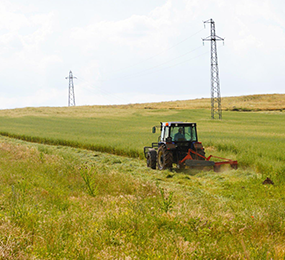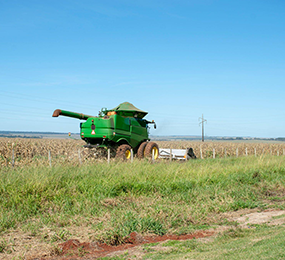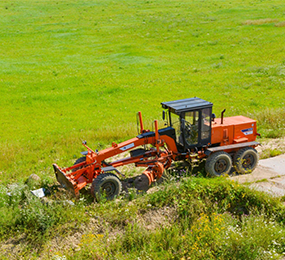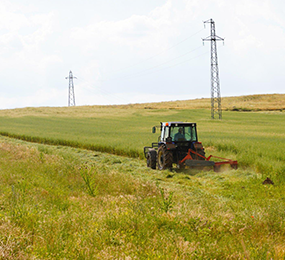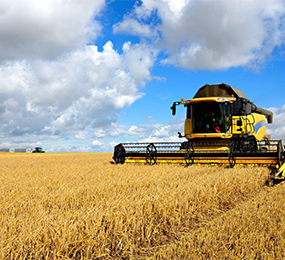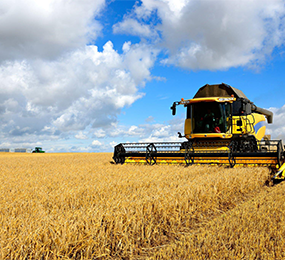As industries transition towards electrifying Non-Road Mobile Machinery (NRMM), ensuring that these machines meet safety standards and regulations is crucial for the protection of workers, equipment, and the environment. With electric NRMM becoming more common in construction, mining, agriculture, and industrial sectors, regulatory bodies have established comprehensive guidelines to address safety concerns and operational risks associated with these machines.
International Safety Standards: Safety standards for electric NRMM are often based on international standards such as those set by the International Organization for Standardization (ISO) and the International Electrotechnical Commission (IEC). ISO 13849, for instance, outlines safety requirements for control systems of machinery, while IEC 60204-1 provides standards for electrical equipment safety. These standards ensure that electric NRMM is designed with fail-safes, robust controls, and systems that minimize the risk of electrical faults, overheating, and potential accidents.
Battery Safety: One of the most significant safety concerns for electric NRMM involves the storage and use of high-voltage batteries. To address this, regulations mandate the incorporation of safety features such as battery management systems (BMS) to monitor battery health, prevent overcharging, and detect overheating. Additionally, fire-resistant battery enclosures and insulation materials are often required to minimize the risk of fire or explosion.
Electromagnetic Compatibility (EMC): Electric NRMM must also comply with Electromagnetic Compatibility (EMC) regulations to ensure that their electrical systems do not interfere with other equipment or cause hazards in environments with sensitive electronics. These regulations help prevent malfunctions due to electromagnetic interference, ensuring safe and reliable operation.
Personal Protective Equipment (PPE) and Worker Safety: When operating or maintaining electric NRMM, workers must follow specific safety protocols, including the use of appropriate personal protective equipment (PPE). Training in handling high-voltage equipment, such as safe battery charging and maintenance procedures, is critical for preventing accidents or electrical shocks.
Regulatory Compliance and Certifications: Manufacturers of electric NRMM are required to obtain certifications and prove compliance with various safety standards before their machines can be deployed. This includes CE marking in Europe, which certifies that a product meets health, safety, and environmental protection standards. In the U.S., the Occupational Safety and Health Administration (OSHA) plays a key role in regulating workplace safety for equipment, including electric NRMM.
As the adoption of electric NRMM continues to grow, safety standards and regulations will play a vital role in ensuring safe operations. From robust battery management systems to compliance with international safety standards, manufacturers and operators must prioritize safety to minimize risks, improve worker protection, and ensure reliable machinery performance.
For more details and registration information, visit https://www.leadventgrp.com/events/2nd-annual-non-road-mobile-machinery-electrification-and-decarbonization-forum/details.
For more information and group participation, contact us: [email protected]


